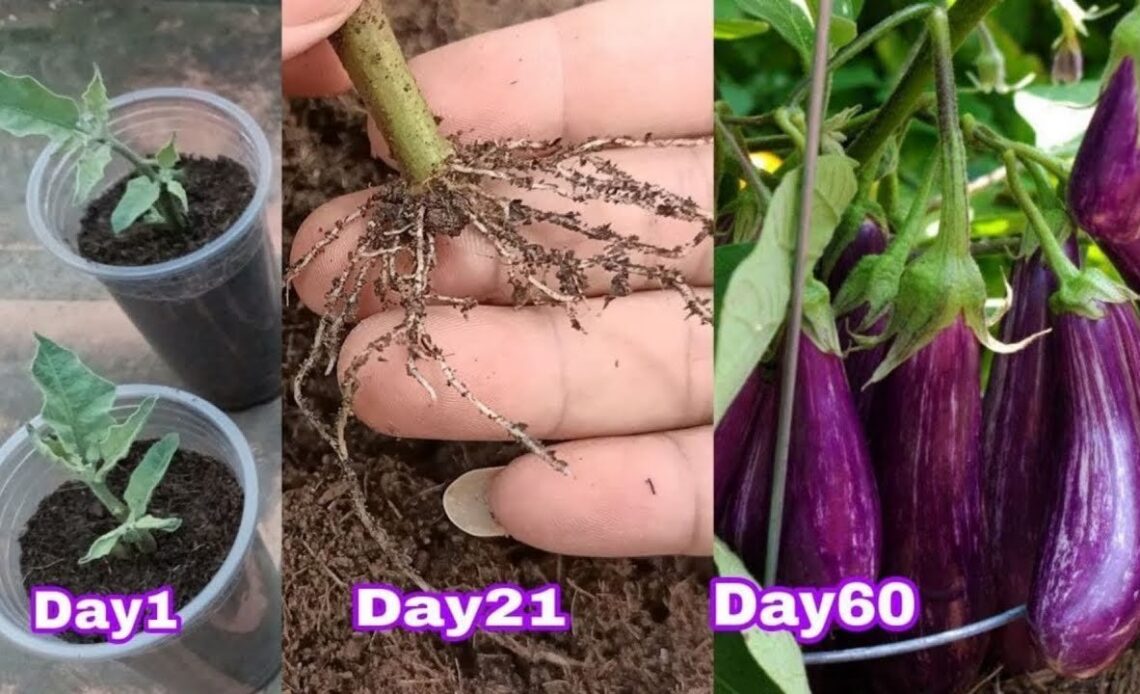Eggplants, also known as aubergines, are not only delicious and versatile in the kitchen, but they’re also a rewarding crop to grow in your garden. With their glossy purple skin and nutrient-rich flesh, eggplants can turn your home garden into a vibrant and productive oasis. But to get the most out of your crop, you need more than just soil and sun — you need strategy. Here’s how to **master eggplant cultivation** and ensure a harvest that’s nothing short of amazing.
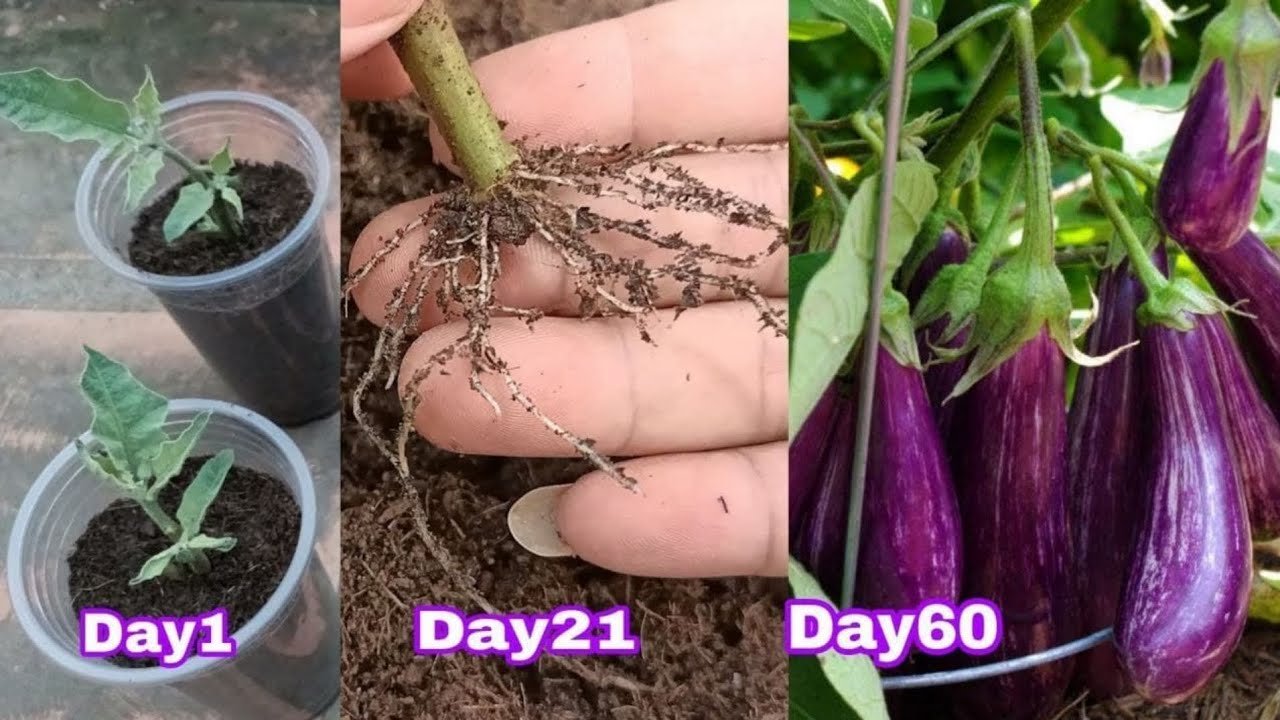
## **1. Location is Everything**
Eggplants love the sun. Choose a spot in your garden that receives **at least 6–8 hours of direct sunlight per day**. The more sun they get, the more energy they’ll have to produce healthy flowers and fruit.
## **2. Start with Strong Seedlings**
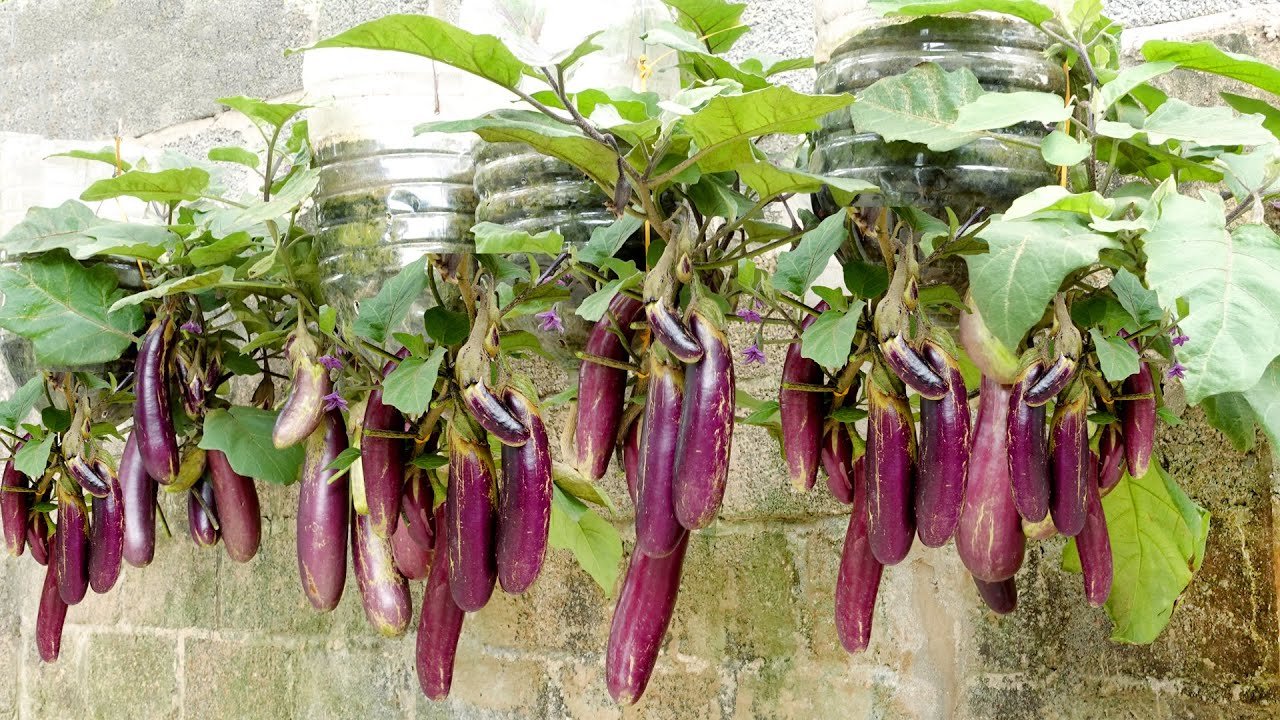
Whether you’re starting from seed or buying young plants, make sure your seedlings are **sturdy, vibrant, and disease-free**. Start seeds indoors about 6–8 weeks before the last frost date, and transplant them only when nighttime temperatures consistently stay above 60°F (15°C).
## **3. Soil Matters More Than You Think**
Eggplants prefer **well-draining, loamy soil** that’s rich in organic matter. Aim for a pH level between **5.8 and 6.5**. Add compost or aged manure before planting, and mix in a slow-release organic fertilizer for a strong start.
## **4. Water Deeply, Not Frequently**
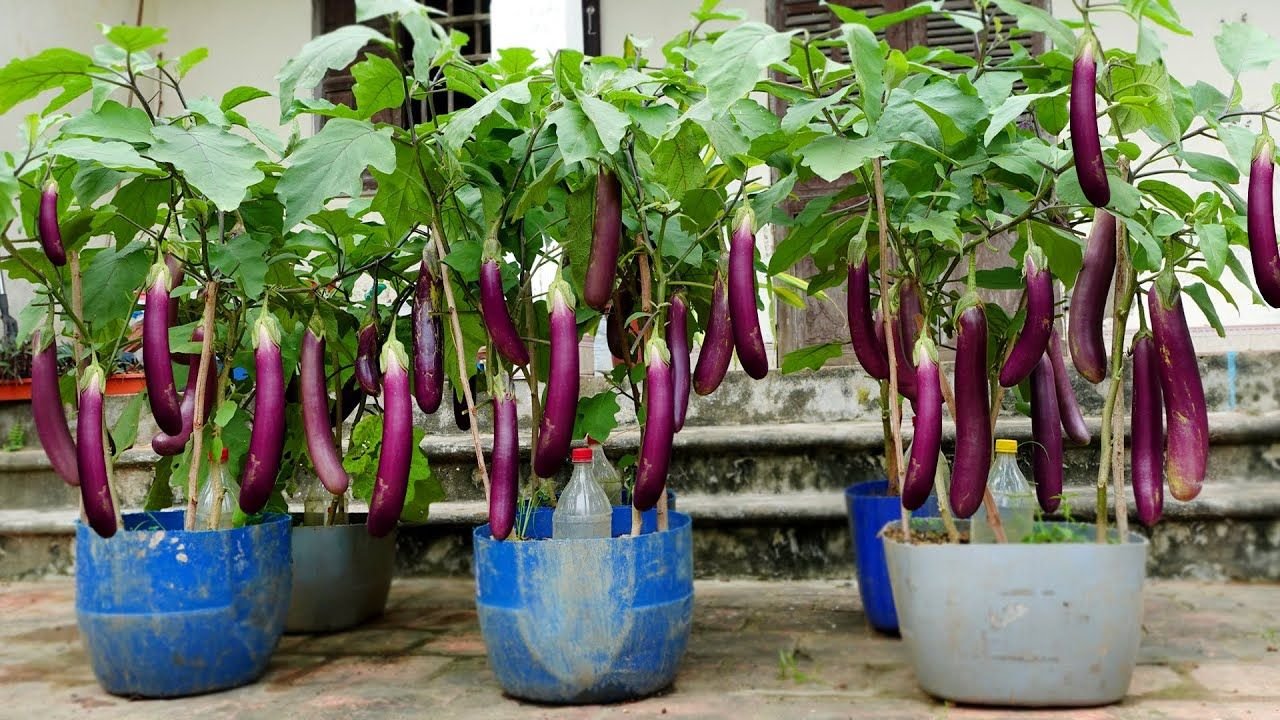
Eggplants thrive with **consistent, deep watering**. Instead of daily light watering, soak the soil 1–2 times per week depending on weather conditions. This encourages deep root growth and improves drought resistance. Be careful not to water the leaves — wet foliage can lead to fungal diseases.
## **5. Pollination Boost = Bigger Harvests**
Eggplants have **perfect flowers** (both male and female parts), but they still benefit from good pollination. Encourage bees and pollinators with nearby flowers, or hand-pollinate with a soft brush to transfer pollen between blooms. This results in **larger, more uniform fruits**.
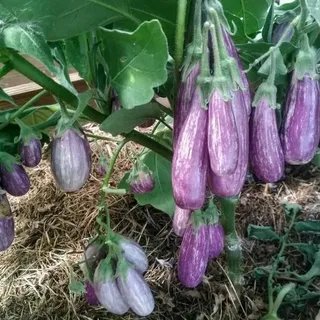
## **6. Protect Against Pests Naturally**
Common eggplant pests include aphids, flea beetles, and spider mites. Use **neem oil, insecticidal soap, or companion planting** (like basil or marigold) to deter them. Regularly inspect your plants and act fast if you notice holes or yellowing leaves.
## **7. Prune Smart, Harvest Right**
Prune lower leaves to **improve air circulation** and reduce disease risk. When fruits grow to a glossy, firm size (about 6–8 inches long), harvest them with sharp scissors. Don’t let them over-mature — older fruits become bitter and reduce future yields.
## **Bonus Tip: Mulch for Moisture & Weeds**
Adding a layer of organic mulch (like straw or shredded leaves) helps **retain soil moisture, suppress weeds**, and keep soil temperatures stable — all key to stress-free eggplant growth.
## **Final Thoughts**
Growing eggplants isn’t just about tossing seeds in the ground — it’s about knowing what they need, when they need it, and how to help them thrive. With these tips, you’re not just growing vegetables — you’re cultivating a crop full of flavor, nutrition, and pride.
So grab those gardening gloves, get your soil ready, and let your eggplants shine **A bountiful harvest is just a season away.** 🌿🍆🌞
